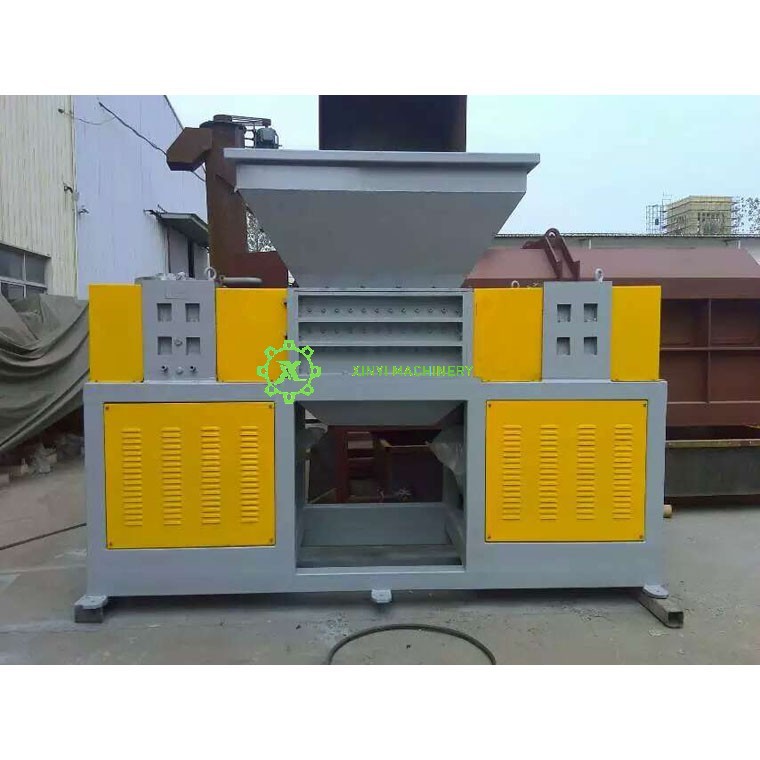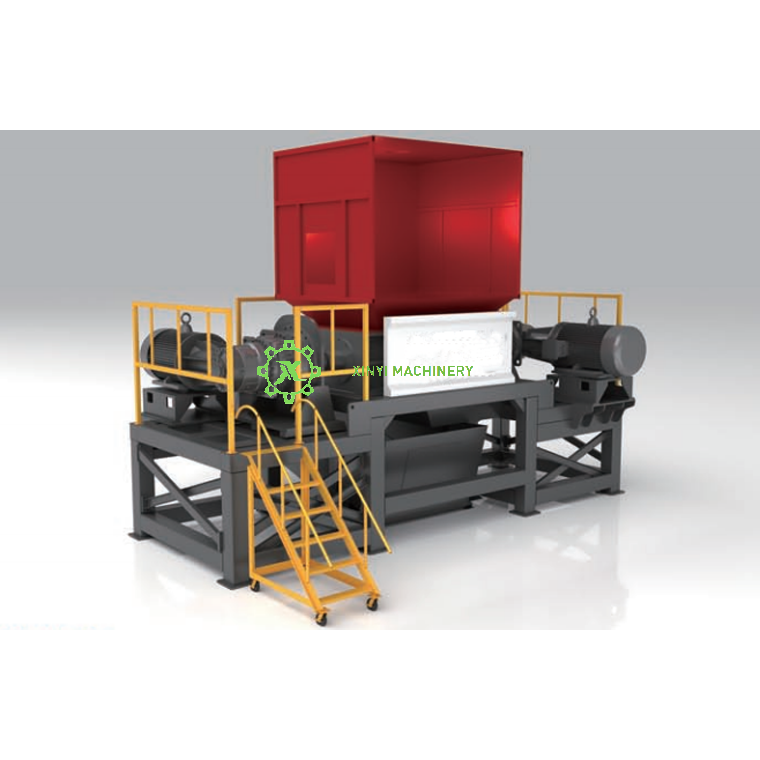Here are 6 critical problems to pay close attention to when operating a Double Shaft Shredder to ensure safety, efficiency, and longevity:
Ignoring Safety Protocols & Lockout/Tagout:
Problem: Failure to follow strict safety procedures (e.g., bypassing safety interlocks, not using lockout/tagout during maintenance/jam clearing, inadequate PPE).
Consequence: Severe injury or death from entanglement, crushing, or cutting. Damaged equipment.
Solution: Rigorously enforce lockout/tagout before any access to the cutting chamber or drive train. Never override safety switches or guards. Mandate cut-resistant gloves, safety glasses, hearing protection, and sturdy footwear.
Feeding Improper or Contaminated Materials:
Problem: Loading materials the shredder isn't designed for (e.g., explosive, flammable, highly abrasive substances, large chunks of metal/stone, excessive dirt/mud).
Consequence: Catastrophic damage to shafts, cutters, bearings, or housing. Increased wear, jams, fires, or explosions. Voided warranties.
Solution: Strictly adhere to the manufacturer's specified feed material list and size limitations. Implement pre-sorting to remove contaminants like metals, stones, or hazardous waste.
Overloading & Incorrect Feed Rate:
Problem: Dumping too much material too quickly, exceeding the shredder's torque or power capacity.
Consequence: Frequent jams, motor stalling, overheating, excessive wear on cutters/bearings/drive components, potential drive system failure (gearboxes, couplings).
Solution: Feed material consistently and evenly. Use load monitoring systems if available. Allow the shredder to process material before adding more. Understand the machine's capacity limits.
Neglecting Regular Maintenance & Inspection:
Problem: Skipping lubrication schedules, not checking cutter wear/torque, ignoring loose bolts/fasteners, failing to inspect bearings/seals/belts/hydraulics.
Consequence: Accelerated wear, premature component failure, unexpected downtime, reduced shredding efficiency, increased energy consumption, potential catastrophic breakdowns.
Solution: Implement a strict, manufacturer-recommended preventive maintenance schedule (daily, weekly, monthly checks). Regularly inspect, sharpen, rotate, or replace cutters. Monitor fluid levels and conditions. Tighten fasteners.
Ignoring Unshreddables & Foreign Objects:
Problem: Accidental or unavoidable feeding of extremely hard or tough objects that cannot be shredded (e.g., large steel parts, anvils, hardened tools).
Consequence: Instantaneous severe damage – bent shafts, shattered cutters, broken gearboxes, damaged frames. Costly repairs and extended downtime.
Solution: Vigilant pre-sorting is crucial. Consider metal detectors or magnets upstream if applicable. Ensure the shredder has adequate safety features like hydraulic coupling overload protection or torque limiters (though these don't guarantee prevention).
Overlooking Temperature & Vibration Issues:
Problem: Failing to monitor bearing temperatures, hydraulic oil temperature, or abnormal vibrations during operation.
Consequence: Overheating leads to bearing seizure, oil degradation, seal failure, and accelerated wear. Excessive vibration indicates misalignment, imbalance, bearing failure, or structural issues, leading to further damage.
Solution: Regularly check bearing and fluid temperatures (manually or via sensors). Use vibration monitoring tools if possible. Investigate and address any unusual heat or vibration immediately. Ensure adequate cooling and ventilation.
Key Principle: Consistent vigilance, strict adherence to safety and operational procedures, and proactive maintenance are paramount for the safe and efficient operation of a double shaft shredder. Treating these machines with respect and understanding their limitations prevents costly accidents and downtime. Always consult and follow the manufacturer's specific operating manual.





